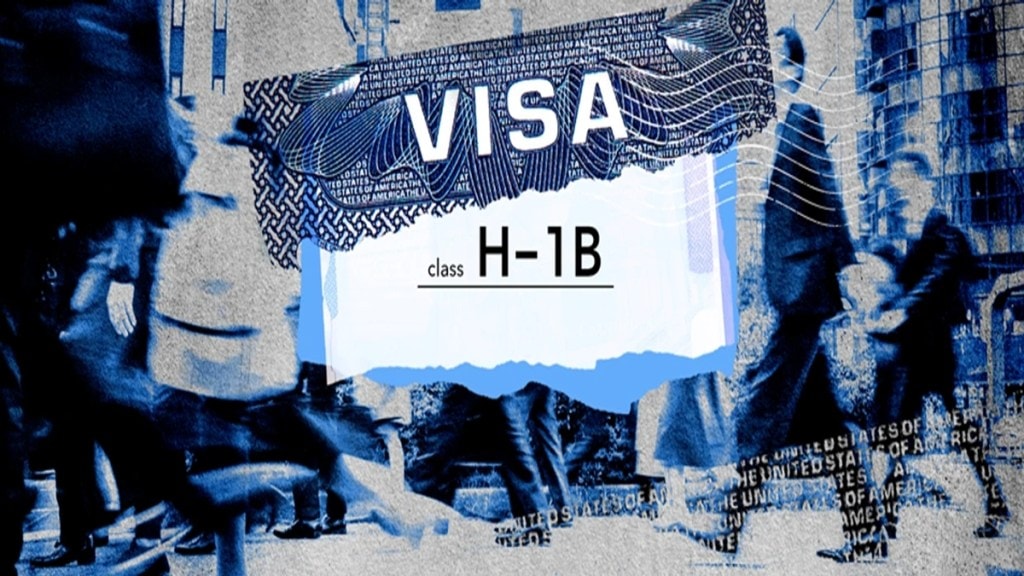H-1B visa system allows US employers to hire foreign workers who are specialized and qualified enough for the job. There are approximately 500,000 H-1B workers in the United States, spanning various specialty fields, including STEM, healthcare, education, and religious leadership.
H-1B petitions are granted based on the worker’s specialized knowledge and academic credentials, with over a third of H-1B workers employed outside the computer technology industry.
Currently, the Congress-mandated annual statutory cap for H-1B visas is 65,000, plus an additional 20,000 available only for individuals who have earned a master’s or higher degree from a United States institution of higher learning. In total, the H-1B visa cap category allows 85,000 visas to be issued to foreigners annually.
However, that does not mean only that H-1B visa holders from abroad are allowed to work in the US.
In addition to the issuance of 85,000 H-1B visas, additional visas can be provided to foreign workers under the cap-exempt category.
Certain types of employers are ‘cap-exempt,’ meaning they are not subject to the numeric cap specified in the statute. Institutions of higher education, non-profit organizations such as certain hospitals, K-12 schools affiliated with institutions of higher education, non-profit research organizations, and government research organizations are not subject to the annual numerical limitations.
And, these Cap-exempt employers do not need to register or to participate in the annual lottery. They can file petitions directly and are not limited to filing on a particular cycle.
However, they do need to establish, to the satisfaction of USCIS, their cap-exempt status.
Employers seeking to hire H-1B employees, regardless of cap status, must submit a Labor Condition Application (LCA) to the Department of Labor (DOL). Once DOL certifies the LCA, the employer files a Form I-129 petition with USCIS to classify the foreign worker as an H-1B nonimmigrant.
An employer can petition on behalf of workers who are physically located inside or outside of the United States.
The individual may already be in the United States if, for example, their employer is petitioning to change their status from another immigration status to H-1B visa status.
Once USCIS approves an H-1B petition, if the worker is outside the United States, the worker generally must then obtain an H-1B visa from a United States consulate abroad before traveling to the United States.
Even some workers who are inside the United States when their H-1B petition is approved, depending on the specific case circumstances, may have to go abroad to receive consular processing to effectuate their H-1B status.
The individual may then travel to a port of entry for inspection by CBP and, if authorized, be admitted in H-1B nonimmigrant status and enter the United States.
Workers who can change to H-1B status from within the United States may still need to travel abroad for work, for family emergencies, or to renew a passport. These workers typically must obtain an H-1B visa stamp at a U.S. consulate abroad before reentering.
As the initial three-year work authorization period expires, employers can petition for an extension of another three years, and additional extensions are possible, beyond the 6 years, under limited circumstances.

